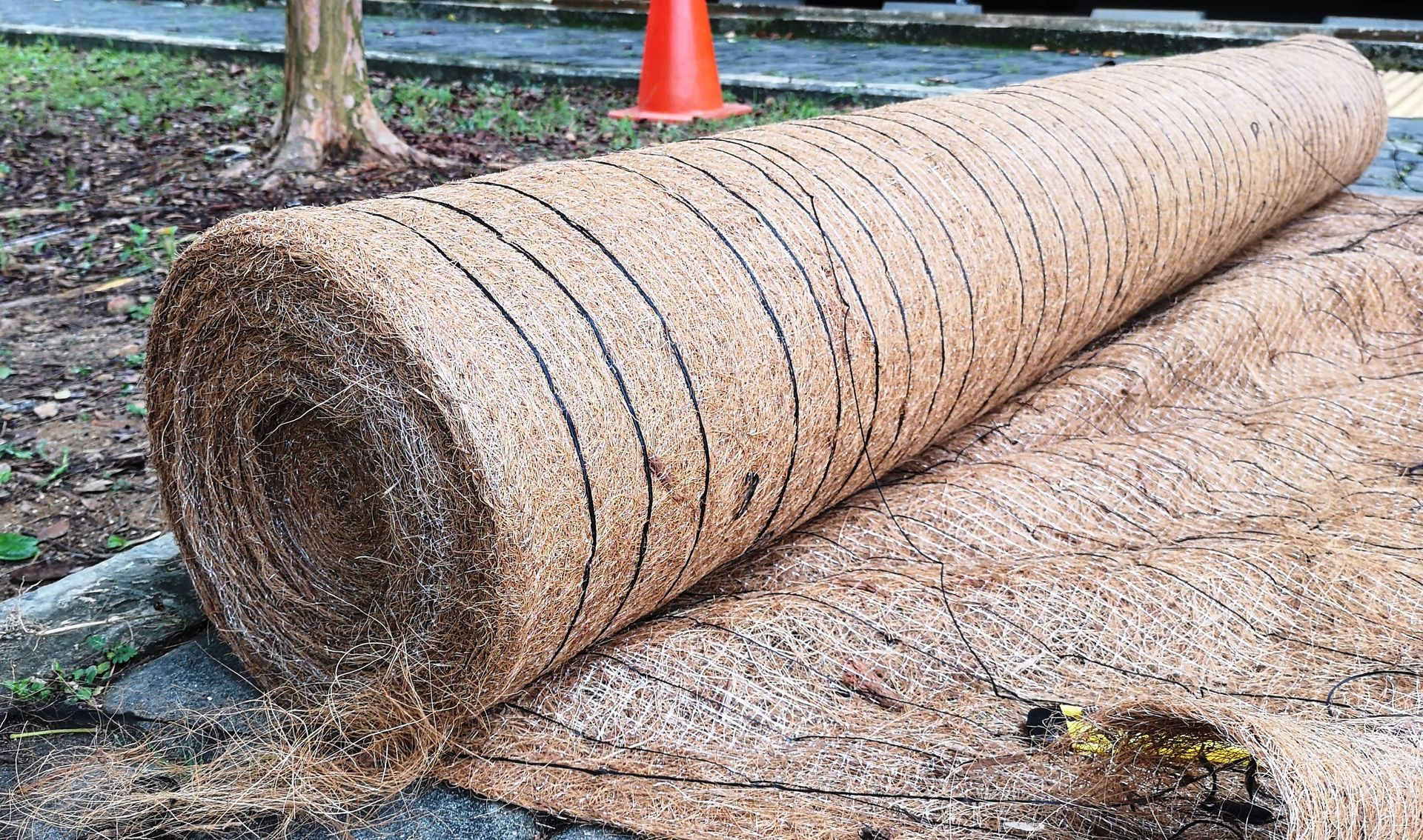Between land clearing, soil excavation, and ongoing hazard management, construction sites can significantly contribute to local air and water pollution.
Therefore, proper planning and erosion management are essential to reducing environmental concerns and maintaining regulatory compliance on construction sites.
This guide will help you draft a proper plan of attack for managing erosion control during construction, from erecting temporary barriers to phasing construction to minimize disturbance.
Why Erosion Control Is Essential in Construction
Soil erosion is a natural byproduct of land disturbance, but site managers can reduce and, in some cases, eliminate erosion with proper controls.
Think of erosion control as the natural first line of defense against sedimentation. Unfortunately, sediment-laden water can increase turbidity, harming aquatic life, spreading disease among drinking water, and damaging the natural beauty of that water.
On the other hand, preserving natural vegetation and topsoil will also filter out fine sediment particles or hazardous materials that may leak from job sites and enter discharge points.
Ultimately, site managers will reap the reward of investing in erosion control early in the process by reducing the need to invest in sediment controls, which are often more costly. Furthermore, minimizing erosion or site disturbance makes stabilizing and revitalizing workzones simpler and less expensive.
The Importance of Planning and Sequencing Construction
Effective erosion control begins with carefully planning construction activities and all related erosion controls.
Your SWPPP will require a site analysis to meet NPDES permitting requirements. This analysis will assess different soil types, topography, and drainage patterns to determine which best management practices (BMPs) meet your goals.
By coordinating site grading, excavation, and earthmoving tasks, construction teams can limit the exposure of bare soil and reduce erosion potential. Additionally, scheduling activities during dry weather conditions can minimize runoff and sedimentation.
Instead of investing entirely in expensive controls, site managers can gain an advantage by sequencing construction activities to minimize site disturbance. Another benefit of sequencing is that it allows for hydroseeding and revegetation amid active construction.
Temporary Erosion Controls for Construction
There are several ways to approach temporary erosion controls. Some controls are designed to protect topsoil using natural vegetation or woven fabric physically. Examples of these controls include:
- Erosion Control Blankets: Geotextile fabrics that physically protect bare topsoil and encourage vegetative growth–great when used with seeds or mulch.
- Hydroseeding: A slurry of seeds, fertilizers, and active compounds that promote quick growth of native grasses and wildflowers.
- Mulching: A mixture of organic compounds that protect bare soil and also promote vegetative growth.
Other temporary controls act as physical barriers to absorb, redirect, or filter stormwater runoff as it passes over topsoil. Examples of these controls include:
- Ripraps: Large stones placed on or near slopes to slow down runoff velocity and filter out sediment.
- Wattles: Manmade tubes filled with compressed straw or wheat that can be placed around perimeters to act as a sediment control or stop slopes for erosion control.
Wattles and ripraps also simultaneously work as effective sediment controls.
Finally, engineering controls help prevent erosion by channeling water away from slopes using drains or reinforcing slopes. Examples include French drains, which filter groundwater away from slopes, and soil nails, which reinforce earth walls to prevent sloped soil from disintegrating.
Using these temporary erosion controls in conjunction with one another will yield the best results for your construction project.
How to Stabilize Sites After Activities Have Ceased
Once construction activities have ceased, it’s also important to consider soil stabilization. Fortunately, many temporary construction erosion controls accelerate the stabilization process, whether establishing vegetative cover, spraying hydroseed, or amending disturbed soil with organic matter.
Again, these erosion controls reduce erosion while also controlling sediment and simplifying site stabilization.
Investing in erosion control early in construction yields the most rewards for site managers. If you’re struggling to maintain proper erosion control or create a workable SWPPP, contact a proven erosion control company like Valor Environmental.
We offer services for each construction phase, from land clearing to erosion control and site maintenance. We also abide by all municipal and EPA regulations.
FAQs: Erosion Control in Construction
Why is erosion control important in construction?
Erosion control is essential in construction to prevent soil erosion, sediment runoff, and environmental degradation. It helps protect water quality, preserve natural habitats, and ensure regulatory compliance.
How can I minimize erosion on my construction site?
To minimize erosion on a construction site, plan and sequence activities to reduce soil disturbance, implement temporary erosion control measures, and stabilize the site with permanent vegetation and erosion control structures after construction.
What are the consequences of uncontrolled erosion on construction sites?
Uncontrolled erosion on construction sites can lead to sedimentation in water bodies, loss of fertile soil, damage to infrastructure, habitat destruction, and regulatory non-compliance. It can also result in increased project costs and delays.

